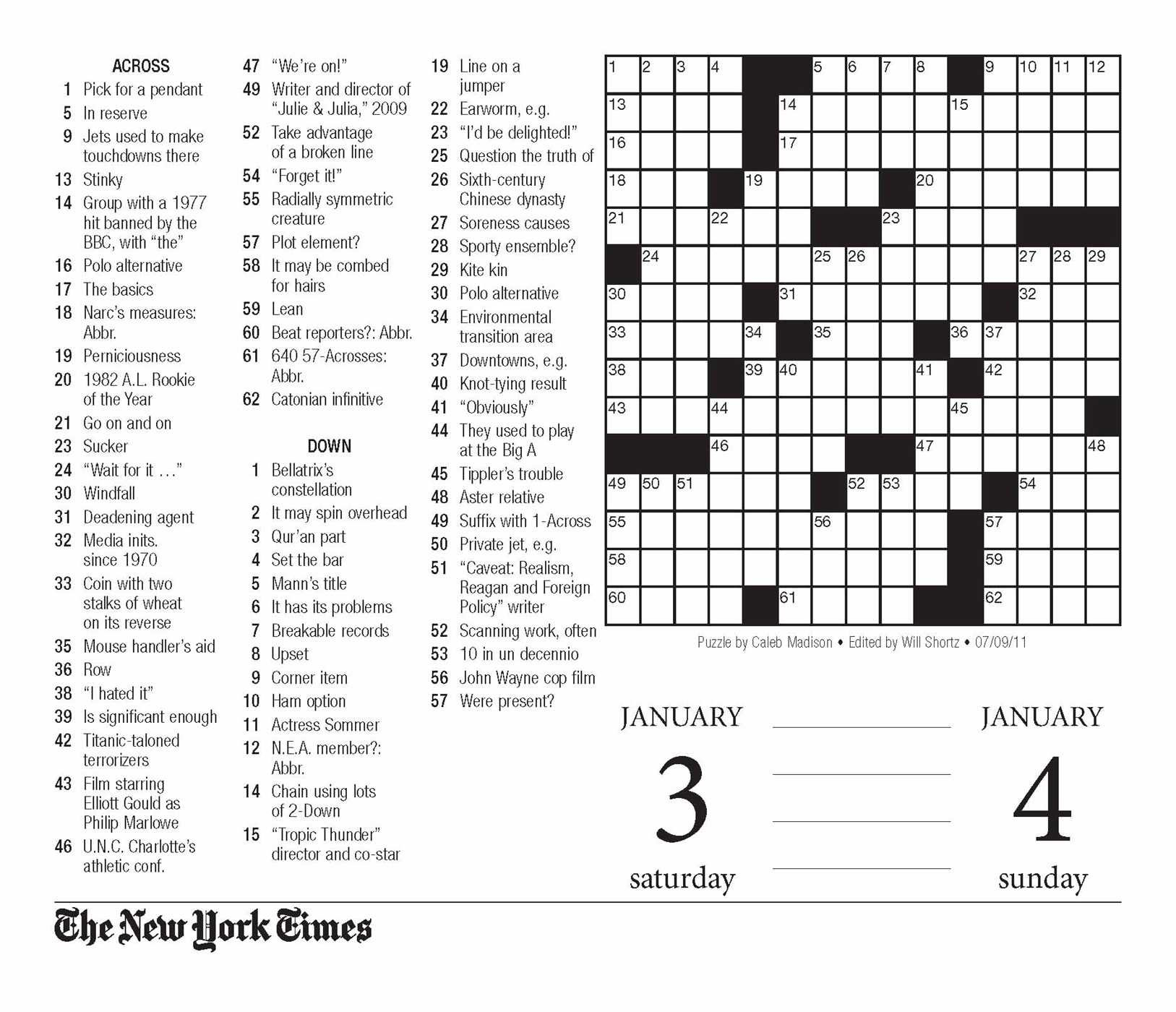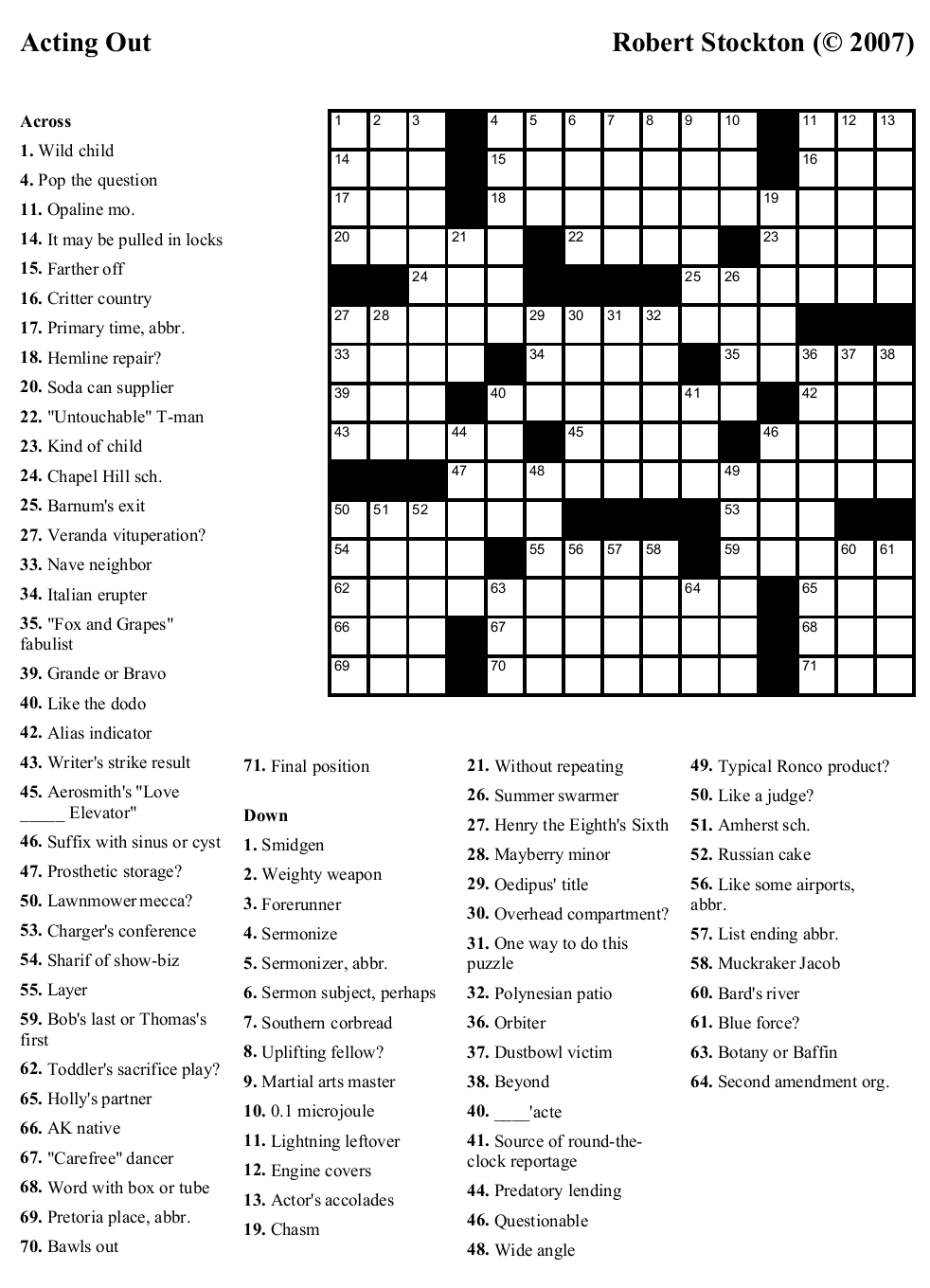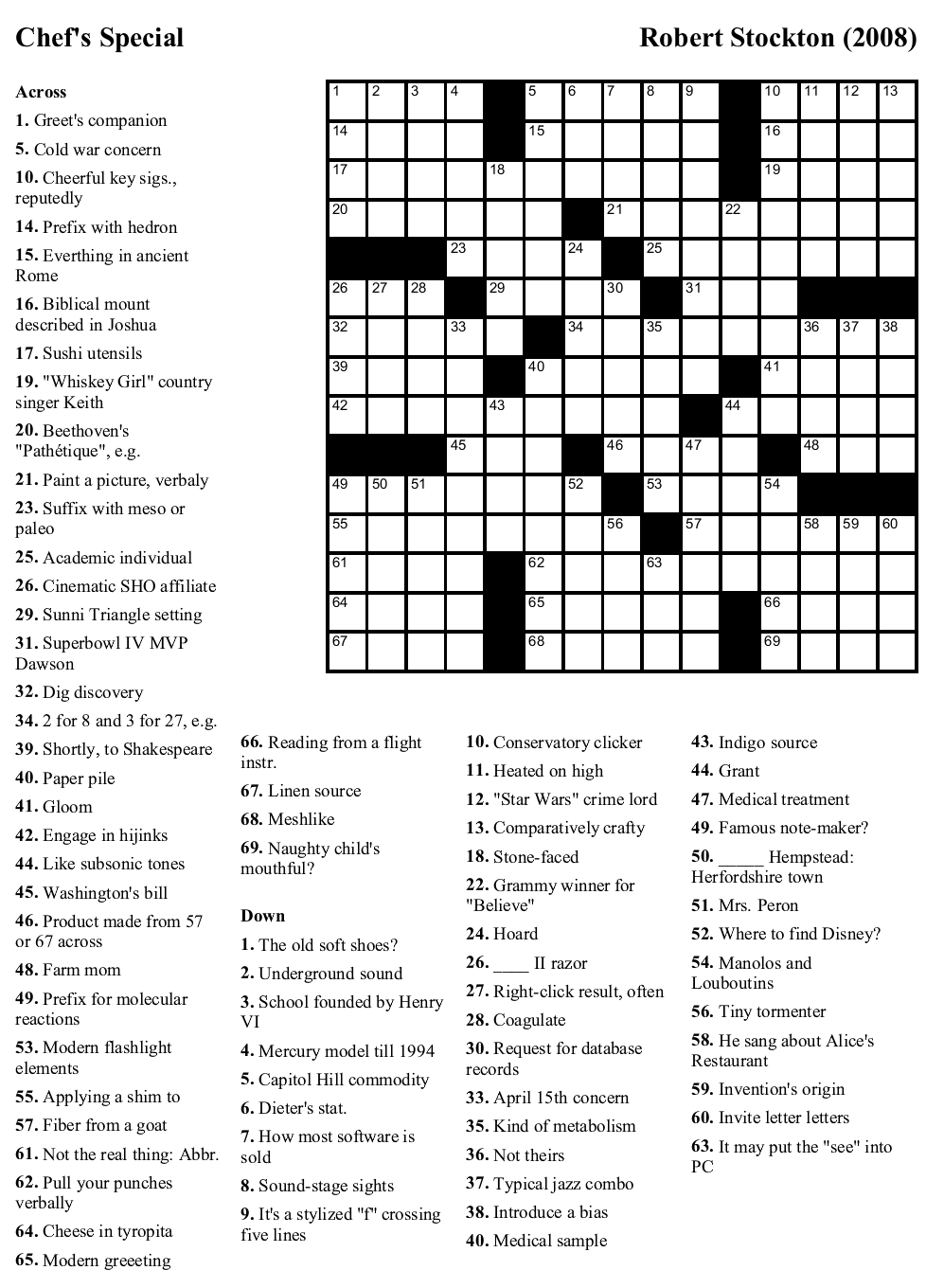
Admittedly, I can't think of very many places I'd less like to be than a casino, so there's an inherent topic aversion, but even so I can usually appreciate or at least understand a basic card theme. I have to admit that I don't quite understand this one. In addition, Steiner scored The Searchers (1956), A Summer Place (1959), and Gone with the Wind (1939), which ranked second on the AFI 's list of best American film scores, and is the film score for which he is best known. Besides his Oscar-winning scores, some of Steiner's popular works include King Kong (1933), Little Women (1933), Jezebel (1938), and Casablanca (1942), though he did not compose its love theme, " As Time Goes By ". , and was nominated for 24 Academy Awards, winning three: The Informer (1935) Now, Voyager (1942) and Since You Went Away (1944). Steiner composed over 300 film scores with RKO Pictures and Warner Bros. He is referred to as "the father of film music ", as Steiner played a major part in creating the tradition of writing music for films, along with composers Dimitri Tiomkin, Franz Waxman, Erich Wolfgang Korngold, Alfred Newman, Bernard Herrmann, and Miklós Rózsa. Steiner worked in England, then Broadway, and in 1929, he moved to Hollywood, where he became one of the first composers to write music scores for films. He was a child prodigy who conducted his first operetta when he was twelve and became a full-time professional, proficient at composing, arranging, and conducting, by the time he was fifteen. Maximilian Raoul Steiner (May 10, 1888 – December 28, 1971) was an Austrian composer and conductor who, threatened with internment in Germany during WW1, fled to England before emigrating to America in 1914 and became a celebrated composer for film and theatre. playing A.H.? I've typed some version of "Aldis Hardison" a bunch of times this morning, a confusion no doubt exacerbated by the fact that I am a big fan of NZ musician Aldous Harding. Is it weird for an actor to play a character whose name is so much like his own? Aldis playing ALEC? A.H. Don't really know what "Leverage" is but now that I see Aldis Hodge's face, he definitely looks familiar. Once I got it (via AGES, which was also hard ( 29D: Characteristics that rarely change in cartoons)), I realized I had probably heard of FAE in this context before, but despite knowing a number of nonbinary people I don't know anyone personally who uses neopronouns, so they just don't come readily to mind yet.

Also could not get hold of the neopronoun FAE, despite its "folklore" hint. Association just wasn't strong for me, so I waited for crosses to help me out.

Didn't know you needed to have a whole damn MBA just to get a job in "marketing," but I guess for certain jobs in marketing, yeah. A wide-ranging lens, a strong colloquial sensibility, and a great sense of fun-that's this puzzle's winning combination. And though it's not that showy, I loved the pairing of " NO COMMENT" over " THERE IT IS." I just imagine someone saying they have NO COMMENT and then not being able to contain their COMMENT, and then some nearby party, who just *knew* there was going to be a COMMENT, exclaiming, " THERE IT IS." It's a whole short story, is what I'm saying. Yes, GENDER EUPHORIA is a wonderful burst of trans-positive joy, but its symmetry-mate on the other side of the grid, ONE STEP AT A TIME, involves a really clever pun clue (which is a high compliment from me, I assure you) ( 5D: Not in bounds?) (not "bounds" as in "boundaries" but "bounds" as in "leaps & bounds").


But inclusiveness is hardly the puzzle's only asset. The longer answers had so much energy and sizzle. Times (under Patti Varol's new leadership) and the USA Today (under Erik's own leadership)). Basically it was always a lie that being inclusive meant sacrificing mainstream appeal, and this puzzle proves it (as do, increasingly, many puzzles, both in the NYTXW and (esp.) other venues, including, most notably, all the puzzles at the AVCX, as well as the L.A. Today's puzzle moves its lens all over human experience, all over the globe, while still managing to feel pretty damn mainstream. That is, puzzles have tended to look a lot like the people making and producing and especially editing them. Even modern crosswords tend to hew to an imagined "norm" or "mainstream" that has been, unsurprisingly, straight, white, male, Anglo-American-centric, etc. Like many of Erik's puzzles, this grid is consciously, pointedly, even provocatively inclusive, by which I mean you can feel how whole-heartedly it's trying to represent various kinds of experience that crosswords have historically ignored. This managed to be properly tough(ish) and have a lot of that zoom-zoom whoosh-whoosh feeling I look forward to experiencing on Fridays.


 0 kommentar(er)
0 kommentar(er)
